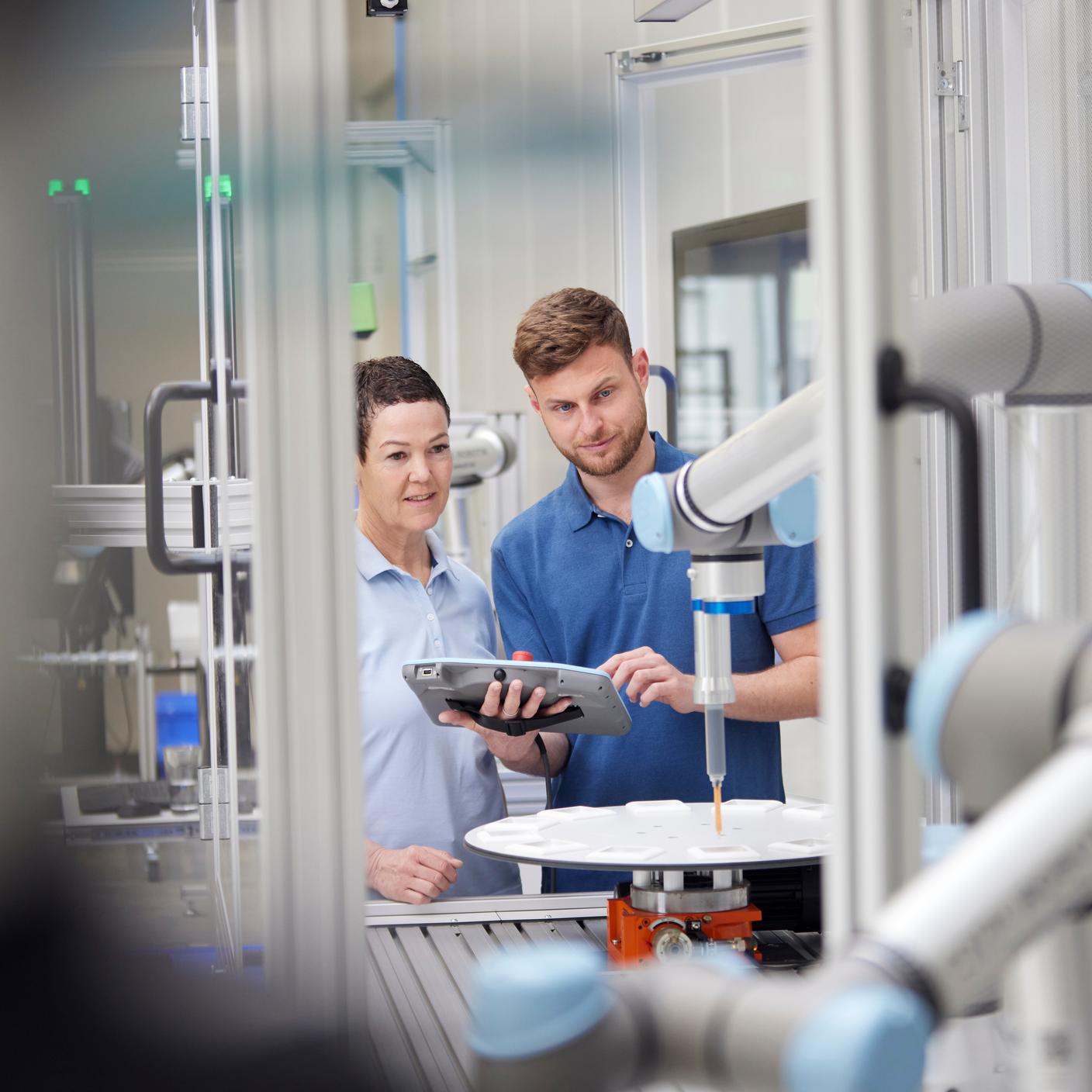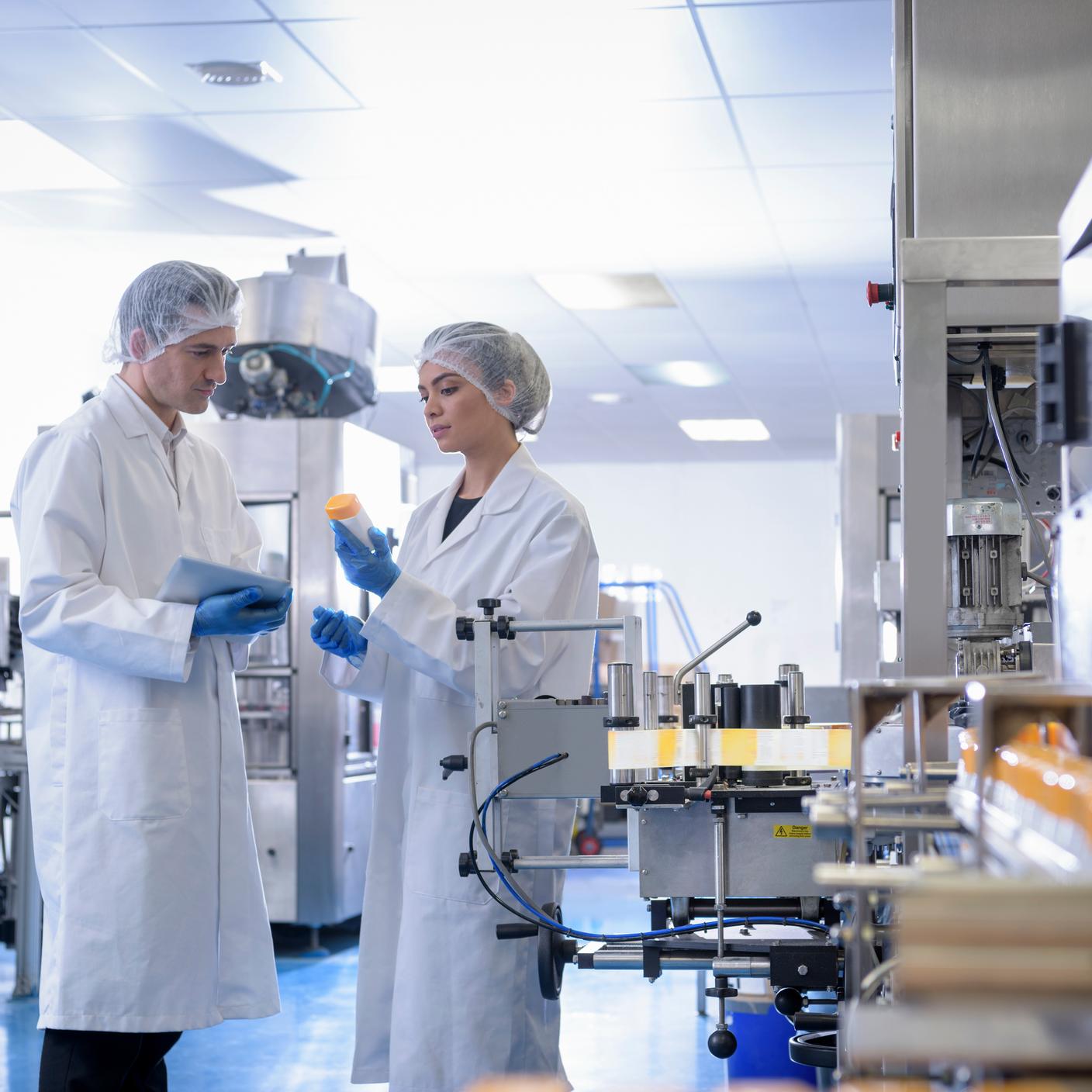The world is undergoing a significant demographic shift. With life expectancy increasing, the global population is ageing at an unprecedented rate – a big change but one that can, ultimately, create new opportunities for the healthcare sector and catalyze innovation around the world, benefiting people everywhere.
The Challenges Ahead
Innovation has a vital role to play, given the healthcare sector is at the centre of this demographic storm. The immediate impact of an ageing population places pressure on the sector from a patient care and treatment perspective. As prior BSI research notes, resource constraints and workforce shortages mean “many healthcare systems were understaffed before the pandemic. Ageing populations with multiple chronic conditions inexorably raise demand, even in healthcare systems that are well-resourced”.
In Japan, research has found that labour shortages were affecting more than two thirds of nursing facilities, with nearly seven in ten having staff of over the age of 65.
In the US, nearly one-quarter of the population (about 94.7 million) will be aged 65 or older. These older adults often face complex medical and social needs due to conditions affecting their physical and mental health and independence.
And in the UK, 47% of the NHS workforce is over 45, with the situation particularly acute amongst general practitioners. Forecasts warn that, by 2036, NHS staff shortages could be higher than 570,000, partly as a consequence of an ageing workforce.
A Catalyst for Healthcare Innovation
The considerations posed by an ageing population are indeed substantial, yet shifting demographics also make clear the opportunity to enhance patient outcomes and improve people’s health and lives represented by transformative advancements in healthcare technology. The increasing demand for care has ignited a surge in innovation across healthcare system. From artificial intelligence (AI) and robotics to telemedicine and wearables, there is opportunity to harness technology to enhance the quality of life for all, including those most in need of healthcare interventions, and to bolster the capacity of healthcare providers.
For instance, AI-powered diagnostic tools are enabling earlier and more accurate detection of age-related diseases, while robotics is assisting with tasks such as surgery and patient care. Furthermore, in the context of shifting demographics, attention is being given to the development of new and improved treatments and preventative care strategies. Researchers are focused on developing therapies that target age-related conditions, such as Alzheimer's disease and cardiovascular disease. Additionally, there's a growing emphasis on preventative measures to help older adults maintain their independence and overall health.
Beyond patient care, technology also has the potential to transform the healthcare workforce, particularly in addressing looming shortages of trained, experienced staff and supporting older workers. Already, AI and automation are streamlining workflows, reducing administrative burdens, and freeing up valuable time for healthcare professionals to focus on delivering high-quality care to patients. This is an opportunity to not only reduce burnout risk and improve well-being, but also to facilitate continuous skill development.
Furthermore, remote technologies have the potential to make it easier for healthcare professionals to provide care at scale. This flexibility is particularly beneficial for experienced workers and those with caring responsibilities seeking improved work-life balance. BSI's recent research, "Evolving Together: Flourishing in the Age-diverse Workforce," found that flexibility and support for physical and mental well-being will be key drivers for retaining experienced professionals in the decades to come. By embracing technology and fostering a supportive work environment, the healthcare industry will be on a strong footing to develop a thriving workforce.
The ageing population is a formidable consideration for the healthcare sector, but it can also offer impetus for innovation and improvement. By addressing the needs of both patients and healthcare workers, we can build a more resilient and effective healthcare system for the future.







